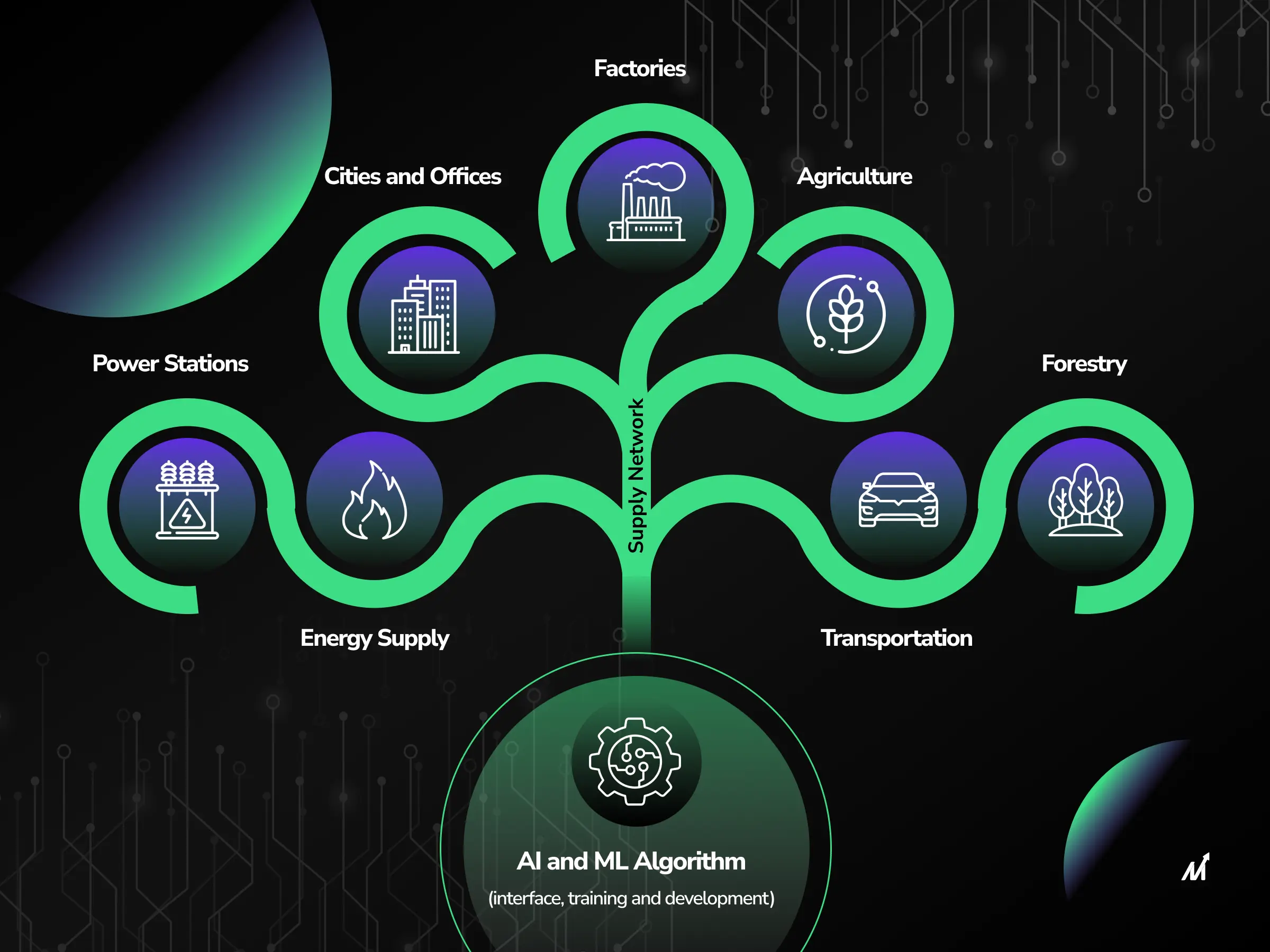Photography as a means of communication is a powerful art form that utilizes visual images to convey messages, emotions, and meaning. It requires a combination of technical and artistic skills to effectively arrange subjects within a scene in order to provoke emotions and effectively communicate with the audience. In this article, we will explore the different techniques and elements involved in photography as a means of communication, including composition, focus, exposure, and spatial perspective. By the end of this post, you will have a deeper understanding of how photography can be used to convey messages and meaning to the audience, and the importance of the individual elements in creating a powerful and impactful image.

Understanding the Role of Photography as a Means of Communication
Defining photography as a means of communication
Photography is a powerful means of communication, allowing photographers to convey messages, emotions, and perspectives through visual images. It involves the use of various techniques such as composition, timing, light, focus, and sharpness to effectively communicate a message. Additionally, photography plays a crucial role in driving tourism and selling products, as effective communication through photographs can significantly impact the perception and appeal of a destination or product.
Exploring the power of visual images in conveying messages and emotions
The role of photography as a means of communication is closely tied to the ability to evoke emotion in the viewer. Through careful composition, exposure, and focus, photographers can capture the essence of a subject and convey the emotions they experienced at the time of capturing the image. This requires a dedication to mastering scenic composition, focus, and exposure potential, as well as an understanding of how to communicate movement and capture the purest form of a subject. Overall, photography as a means of communication involves a deep understanding of the technical and artistic aspects of the craft, as well as a dedication to effectively conveying messages, emotions, and perspectives through visual imagery.
Key Elements of Photography for Effective Communication
Photography as a means of communication is a complex art form that requires careful consideration of several key elements to effectively convey a message. Understanding these key elements is crucial for photographers to create compelling and impactful images that resonate with their audience. This article explores the importance of composition, focus, exposure, and spatial perspective in photography as tools for effective communication.
Understanding the importance of composition in photography
Composition is the arrangement of visual elements within a photograph. It involves the placement of subjects, shapes, and lines within the frame to create a sense of balance, harmony, and visual interest. By understanding the principles of composition, such as the rule of thirds, leading lines, and symmetry, photographers can create visually striking images that effectively communicate their intended message. Composition also plays a crucial role in creating spatial perspective and depth in photographs, inviting the viewer to engage with the scene and establishing a visual hierarchy within the image.
Exploring the role of focus and depth of field in conveying messages
Focus and depth of field are essential elements in photography that allow photographers to isolate the subject and hold the viewer’s attention on specific elements of the image. By controlling the focus and depth of field, photographers can direct the viewer’s gaze, emphasize key details, and convey a specific message or emotion. The use of shallow depth of field, for example, can create a sense of intimacy and focus on the subject, while a deep depth of field can capture a broader scene and convey a feeling of expansiveness.
The impact of exposure and lighting on conveying emotions
Exposure and lighting are critical factors that influence the mood and emotional impact of a photograph. The use of light and exposure can evoke specific feelings and moods in a photograph, such as warmth, drama, or tranquility. By understanding the principles of exposure and mastering the use of natural or artificial lighting, photographers can effectively convey emotions and create a powerful visual narrative that resonates with the viewer.
Utilizing spatial perspective to create depth and meaning in photographs
Spatial perspective is an important tool for creating depth and meaning in photographs. By strategically arranging objects and subjects in a scene, photographers can provoke emotions and communicate with the viewer. Utilizing spatial perspective involves considering the scale, position, and relationship of elements within the frame to create a sense of depth, distance, and visual interest. This technique allows photographers to guide the viewer’s eye through the image and convey a compelling narrative that sparks emotional connections.
Photography as a Means of Communication
Different Techniques for Communication in Photography

Exploring the use of different photography genres for communication
Photography is a powerful tool for communication, allowing photographers to convey ideas, emotions, and perspectives through their images. Different techniques such as the Magic Cloth Technique and long exposure photography can be used to extend the dynamic range of a photograph and convey a sense of movement, adding depth and emotion to the communication.
Understanding how landscape photography communicates through composition and perspective
Landscape photography, in particular, relies on composition, perspective, and timing to communicate spatial perspective and invite the viewer into the scene. By carefully arranging objects in the foreground and using focus to isolate the subject, photographers can effectively communicate emotions and provoke thoughts in the viewer. The use of sharpness and post-processing techniques can further enhance the communication of emotions in photographic art, allowing the photographer to share their feelings and perspectives with the audience.
The role of portrait photography in conveying emotions and personal narratives
The role of portrait photography in conveying emotions and personal narratives is essential for effective communication through photography. By using techniques such as focus, aperture, and post-processing, portrait photographers can draw attention to specific parts of the image and isolate the subject from the background, effectively communicating the intended message and evoking emotions in the viewer. Emotion is at the heart of photography as a form of communication, and mastering the skills of composition, exposure, and focus is essential for effectively conveying emotions and personal narratives through portrait photography.
Utilizing techniques such as motion blur and long exposure for conveying dynamic messages
Another important aspect of communication in photography is the use of techniques such as motion blur and long exposure to convey dynamic messages. By manipulating shutter speed and capturing movement in a scene, photographers can effectively communicate a sense of action, energy, and emotion. The use of long exposure photography to capture the silky water effect on beaches, waterfalls, and other natural landscapes adds a dynamic and ethereal quality to the images, effectively conveying a sense of movement and creating compelling visual narratives.
Photography as a Form of Visual Language
Photography is a powerful tool for communication, both verbally and non-verbally. It combines technical and artistic elements to arrange subjects in a scene that make sense and provoke emotions. Landscape photographers use spatial perspective, composition, and depth to invite viewers into the scene, while portrait photographers use focus and aperture to hold attention on specific parts of an image. Effective communication in photography requires the use of tools such as composition, focus, and exposure, along with practice and time to convey emotions authentically.
- The selection of exposure, frame, and composition in photography serves as a form of visual language to transmit messages and meaning to the audience.
- The use of software like Lightroom and Photoshop can enhance the communication of a photographer’s message by isolating subjects and adjusting color and exposure.
Professionalism and Effective Communication
Communication in photography is not only essential for creating impactful images, but also for running a successful photography business and improving social skills. Professionalism and effective communication can help to build and maintain the interest of the audience in a photographer’s work. Overall, the ability to communicate effectively through photography requires a deep understanding of camera operation, lighting, composition, lenses, filters, and post-processing software. By keeping the audience in mind and capturing meaningful pictures, photographers can effectively convey their message and evoke emotions in their audience.
The Art of Conveying Emotions and Meaning through Photography

Understanding the emotional impact of photography on the audience
Photography is a powerful means of visual communication that can convey emotions, messages, and meaning to the audience. Through the use of composition, focus, exposure, and post-processing techniques, photographers can effectively communicate with their viewers. Landscape photographers, for example, use spatial perspective and composition to draw the audience into the scene, while portrait photographers utilize focus and depth of field to convey emotions. The ability to master these technical and artistic skills is crucial in creating meaningful and impactful images that resonate with the audience.
Exploring the use of color, contrast, and texture to evoke feelings
The creative use of color, contrast, and texture is essential in photography to evoke specific emotions and create a visually compelling narrative. Whether it’s through manipulating color and exposure in post-processing software or carefully arranging elements in a scene, photographers can enhance the emotional impact of their photographs. By understanding the psychological effects of different colors and textures, photographers can effectively evoke feelings of joy, sadness, excitement, or tranquility in their images, creating a powerful connection with the audience.
The significance of timing and decisive moments in capturing emotions
The ability to capture decisive moments is crucial in conveying emotions and meaning through photography. Photographers must understand the significance of timing and the selection of exposure, frame, and composition to tell a compelling story and evoke feelings. Mastering the skill of capturing the right moment requires practice, patience, and a deep understanding of the emotional impact of photography on the audience. By continuously practicing and refining their timing and composition skills, photographers can create images that resonate with viewers on a profound emotional level.
Creating a narrative and storytelling through a series of images
Photographers have the ability to create a powerful narrative and convey emotions through a series of images. By carefully curating a collection of photographs that collectively tell a story, photographers can evoke a range of emotions and create a captivating visual experience for the audience. Whether it’s through a photo essay, a portfolio, or a curated gallery, the storytelling aspect of photography allows viewers to connect with the images on a deeper level and experience a wide range of emotions and perspectives.
Importance of Individual Elements in Creating Impactful Images
The role of technical skills and artistic vision in photography as a means of communication
Photography is a powerful means of communication, and the individual elements of a photograph play a crucial role in conveying a message effectively. The technical skills and artistic vision of a photographer are essential in capturing and communicating a scene or object in a way that words might struggle to. Through the use of composition, lighting, and perspective, photographers can effectively convey emotions, ideas, and perspectives. For example, the use of techniques such as the Magic Cloth Technique and long exposure photography can extend the dynamic range of a photograph and convey a sense of movement, adding depth to the communication of the subject.
Understanding the importance of attention to detail in conveying messages
Furthermore, the role of individual elements in creating impactful images is evident in the way photographers use sharpness, focus, and composition to communicate emotion. By mastering the use of depth of field, photographers can isolate subjects and hold the viewer’s attention on specific parts of the image, effectively conveying the intended message or feeling. Additionally, the use of focus to communicate emotion and the timing of a photograph are important aspects of photography as a means of communication. The significance of practice and dedication in mastering scenic composition, focus, and exposure is highlighted, as these skills are essential in effectively communicating emotions visually through photography.
The significance of practice and experimentation in honing communication skills through photography
In conclusion, the importance of individual elements in creating impactful images lies in the ability of photographers to use composition, timing, light, and focus to emphasize the message they are trying to express. Through the careful arrangement of subjects and objects in a scene, photographers can effectively communicate spatial perspective and depth, inviting the viewer to engage with the photograph and provoking emotions and thoughts. The use of technical skills and artistic vision, attention to detail, and practice and experimentation are essential in honing communication skills through photography, allowing photographers to effectively convey ideas, emotions, and perspectives through their images.
conclusion
In conclusion, photography as a means of communication is a powerful art form that allows photographers to convey messages, emotions, and perspectives through visual images. It involves a deep understanding of technical and artistic aspects, as well as a dedication to effectively conveying messages. Key elements such as composition, exposure, and focus play a crucial role in creating impactful images that effectively convey emotions and personal narratives. Photography also has the ability to enhance emotional impact through manipulation of color, exposure, and careful arrangement of elements in a scene. Overall, the individual elements of a photograph play a crucial role in conveying a message effectively, inviting the viewer to engage with the image and provoking emotions and thoughts. As a form of visual communication, photography holds immense power in conveying emotions, messages, and meaning to the audience.










